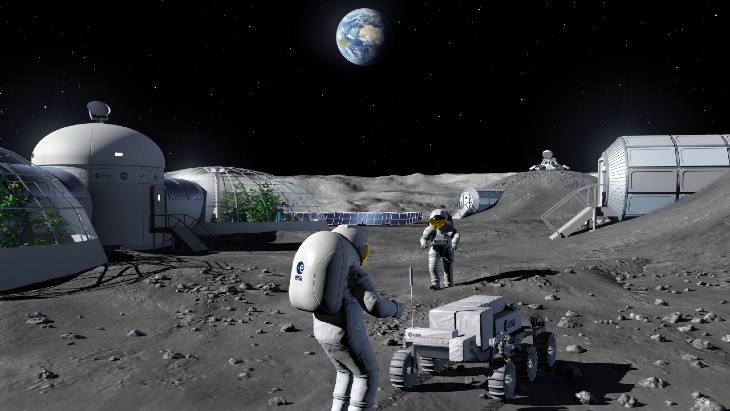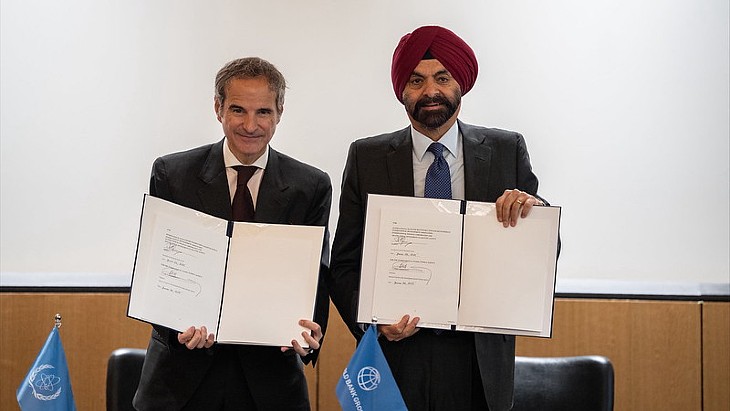PULSAR project to research nuclear technology for Europe's space missions

The project is being funded by the European Commission’s Euratom Research and Training Programme, and is in addition to the study Tractebel is already carrying out for the European Space Agency on the possibility of producing Pu-238 in the European Union.
The consortium includes the Joint Research Centre of the European Commission, the Belgian Nuclear Research Centre (SCK CEN), the French Alternative Energies and Atomic Energy Commission (CEA), INCOTEC, ArianeGroup, Airbus Defense and Space, the University of Bourgogne Franche Comté and Arttic.
Tractebel says that with current nuclear batteries, radioisotope thermoelectric generators (RTGs), "substantial amounts of fuel and large RTG are needed to power missions, which increases the weight to be launched by the space rocket … the project aims to significantly increase the efficiency of the RPS thanks to an advanced Stirling engine".
PULSAR also aims to develop technology and capabilities in Europe to produce Pu-238 - currently no Pu-238 or RPS are manufactured in Europe and "as space has become a strategic and economic priority for Europe” its dependence on other countries “is a major concern".
Possible uses of the technology, beyond rockets, include establishing a permanent base on the moon, and the technology could be adapted to provide power in "challenging environments on Earth, such as in deep geological repositories for storing nuclear waste" or in the deep sea or in remote mines.
Tractebel’s Brieuc Spindler, PULSAR project manager, said: "Together with our consortium partners, the PULSAR project paves the way for independently manufactured European nuclear power systems. It takes us a step closer to the 'new frontier' of human habitat on the moon and this is a great source of inspiration and motivation for the whole team."
The space community has relied mainly on photovoltaic power systems, a technology that was originally developed for the purpose of space applications and has found many terrestrial uses. However, these systems pose severe limitations for missions to places like the outer solar system. The available solar energy reduces with the square of the distance from the sun. For example, at Saturn the solar power density is a hundred times smaller than at Earth. There is also the issue of the two week-long nights on the Moon.
It has meant that radioisotope power sources - sometimes referred to as nuclear batteries - fuelled with Pu-238 have generally been used in space missions since the early 1960s. Radioisotope thermoelectric generators and radioisotope heater units can provide power and heat continuously over long, deep space missions. Pu-238 is made by irradiating neptunium-237, recovered from research reactor fuel or special targets, in research reactors.
_92619.jpg)


_84504.jpg)





..._58412.jpg)

